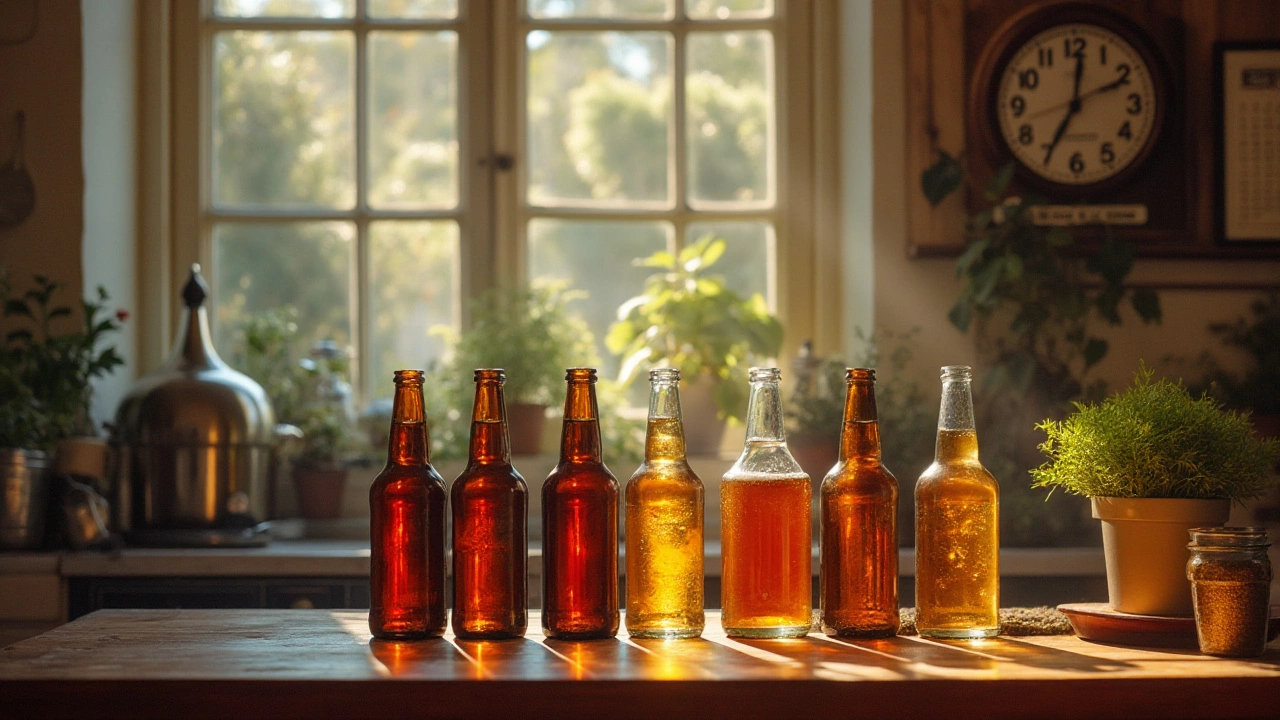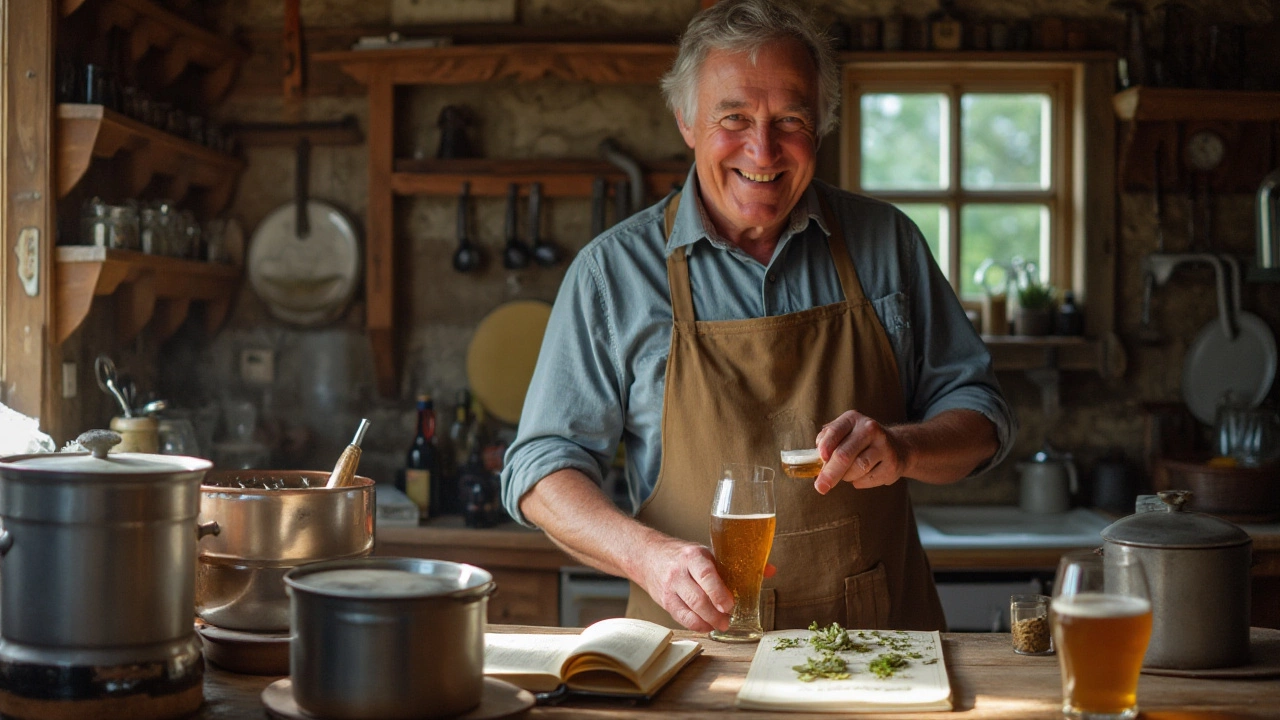Brewing Kits: Your Quick Start to Home Beer
If you’ve ever dreamed of cracking open a cold pint you made yourself, a brewing kit is the fastest way to turn that dream into reality. No need for a full‑blown brewery or a chemistry degree – the kits bundle everything you need, from malt and hops to clear instructions. In this guide we’ll walk through picking the right kit, setting it up, and getting the best flavor out of your brew.
Choosing the Right Kit
First off, think about the style you want to drink. Most starter kits focus on classic ales, lagers, or wheat beers because they’re forgiving and taste great fresh. If you love hoppy IPAs, look for a kit that includes extra hop additions or a dry‑hop step. Beginners often pick a complete kit that already has a fermenter, airlock, and sanitizing solution – that way you don’t have to hunt down extra gear.
Price matters, but not in the way you expect. A cheap kit might cut corners on malt quality, which can leave your beer flat or harsh. Mid‑range kits usually strike a balance: solid ingredients and clear step‑by‑step sheets. When you compare, check the grain bill (how many pounds of malt) and the hop schedule (when hops are added). More detailed kits often give you a chance to experiment later on.
Getting the Most Out of Your Brew
Sanitation is the number one rule. Even a tiny bit of wild yeast can turn a tasty batch into an off‑flavor. Use the sanitizer that comes with the kit, and make sure every surface – fermenter, spoon, airlock – is wiped down before you touch anything.
Follow the temperature guidelines. Most ales ferment best between 65‑70°F (18‑21°C). If your kitchen is cooler, a simple space heater or a warm spot in the house does the trick. Too hot and you’ll get fruity esters you might not want; too cold and fermentation can stall.
During the brew day, stir the grain mash gently to avoid scorching, and watch the boil for that 60‑minute window. When the timer rings, add hops exactly as the guide says – each addition builds bitterness, flavor, or aroma. If you’re feeling adventurous, you can add a small splash of fruit or spice after the boil, but stick to the recommended amounts.
Once fermentation is complete (you’ll see bubbles stop and the airlock go quiet), it’s time to bottle or keg. Use the priming sugar the kit includes; it creates the carbonation you love. Seal the bottles tightly and store them at room temperature for about two weeks, then chill and enjoy.
Don’t forget to note what you did. A quick jot of temperatures, brew times, and any tweaks helps you repeat successes or avoid mistakes next batch. Over time you’ll start to recognize how small changes, like a few extra minutes of boil, affect the final taste.
Whether you’re after a crisp lager for summer or a robust stout for winter, the right brewing kit makes home brewing approachable and fun. Browse our collection of reviews, read fellow brewers’ tips, and start your first batch today – the perfect pint is just a kit away.
Wondering if homebrewing your own beer is worth it? This article breaks down the real cost per pint when you use home brewing kits, factoring in ingredients, equipment, and hidden expenses. Get clear numbers, smart insights, and learn how your brewing choices affect what you pay for each glass. From basic starter kits to splurging on premium hops, you'll know exactly where your money goes. Whether you're just curious or ready to brew, this guide will show if you're really saving or spending more than you think.
View DetailsEmbarking on the homebrewing journey entails a delicate dance of patience and timing. After bottling your brew, understanding when it's ready to drink ensures you savor every crafted note. This article explores essential waiting periods, influences on beer maturation, and pro tips to enhance the flavor profile. Dive into the rich tapestry of homebrewing and unlock the perfect sip experience.
View DetailsVenturing into the world of home beer brewing offers an exciting hobby as well as a rewarding taste experience. Discover the core essentials you need to start creating your own brew right at your home, from selecting the right equipment to understanding basic brewing techniques. This article provides in-depth insights for novices eager to embark on brewing their first batch. Explore the process from initial preparation to what to expect during fermentation. Every pint brewed at home tells a story, and with the right guidance, yours can too.
View DetailsBrewing beer at home can be a rewarding and enjoyable process. The time it takes depends on several factors including the type of beer and the method used. Beginners typically take around four weeks to complete a batch, which allows for fermentation and conditioning. With the right tools and patience, anyone can create a delicious brew from the comfort of their home. Having fun and experimenting with ingredients can lead to wonderfully unique flavors.
View Details




